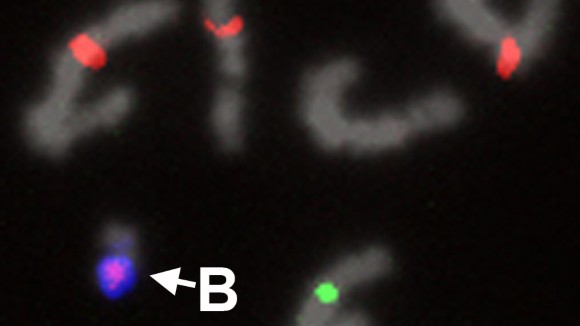Collection
Special Issue: Unconventional Chromosomes and the Genetic Features Driving Their Extraordinary Behavior
Submission Deadline: 01 December 2024
Microscopic analyses conducted during the late 19th century by Walther Flemming, Theodor Boveri, and Walter Sutton led to the discovery of the chromosome. Their detailed descriptions of chromosome dynamics during mitosis and meiosis, combined with subsequent genetic experiments by Thomas Hunt Morgan and Barbara McClintock, gave rise to our understanding of the chromosome behaviors that underlie basic patterns of heredity originally established by Gregor Mendel. These patterns stem largely from standard chromosomes with archetypal characteristics including homolog pairing and recombination during meiosis, the even partitioning of individual chromatids into haploid gametes, and the re-establishment of the diploid state at fertilization. However, certain chromosomes with deviant inheritance patterns also have been described across eukaryotes. Several supernumerary chromosomes, sex chromosomes, largely heterochromatic chromosomes, and abnormally circularized chromosomes have been shown to display extraordinary behaviors like non-Mendelian segregation and programmed elimination in certain tissues. This special issue of Heredity is focused on these unconventional chromosomes, with the overarching aim of understanding their peculiar inheritance patterns with respect to the genetic features that underlie them.

Editors
-
Prof. Patrick Ferree, PhD
Claremont McKenna College, Claremont, CA, USA
-
Stacey Hanlon, PhD
University of Connecticut, CT, USA
